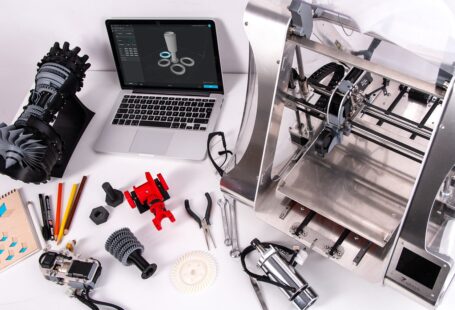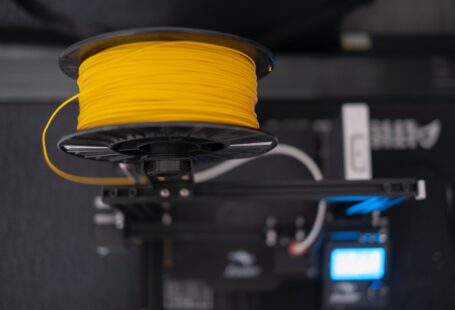The natural world is a vast treasure trove of knowledge and potential. In recent years, advances in 3D printing technology have enabled us to tap into this incredible resource and create objects that imitate or even exceed nature’s own capabilities. Biomaterials are one such example, allowing us to 3D print items using organic materials such as wood, bone, and even living cells. This technology has the potential to revolutionize the medical and engineering fields, as well as give rise to new applications that were previously unimaginable.
What Are Biomaterials?
Biomaterials are materials created from biological sources, such as plants, animals, and even living cells. These materials can be used to create objects, such as prosthetics, implants, and medical devices. 3D printing with biomaterials allows us to create items with a high degree of accuracy and detail that would otherwise be impossible to achieve.
Benefits of 3D Printing with Biomaterials
- Cost-effectiveness: 3D printing with biomaterials is cost-effective because it allows us to use renewable and recyclable materials, reducing the need for expensive manufacturing processes.
- Versatility: 3D printing with biomaterials allows us to create complex shapes and structures that are impossible to achieve with traditional methods.
- Sustainability: 3D printing with biomaterials is a sustainable option, as it produces fewer emissions and wastes less material than traditional manufacturing methods.
- Customizability: 3D printing with biomaterials allows us to customize items to fit the needs of individual patients or applications.
Applications of 3D Printing with Biomaterials
3D printing with biomaterials has a variety of applications in the medical and engineering fields. In the medical field, 3D printing with biomaterials can be used to create prosthetics, implants, and medical devices such as stents and pacemakers. It can also be used to create custom-fit hearing aids and orthotics. In the engineering field, 3D printing with biomaterials can be used to create items such as aircraft parts and car parts.
The Challenges of 3D Printing with Biomaterials
Although 3D printing with biomaterials is a promising technology, there are still some challenges that must be overcome. One of the biggest challenges is ensuring the safety and reliability of the printed items. Biomaterials can be difficult to work with and may not be as durable as traditional materials. Additionally, 3D printing with biomaterials requires specialized equipment and expertise, making it more expensive than traditional methods.
Conclusion
3D printing with biomaterials has the potential to revolutionize the medical and engineering fields. By tapping into the natural world, we can create items with a high degree of accuracy and detail that would otherwise be impossible to achieve. However, there are still some challenges that must be addressed before 3D printing with biomaterials can become widely used. With the right resources and dedication, these challenges can be overcome and the potential of 3D printing with biomaterials can be fully realized.





